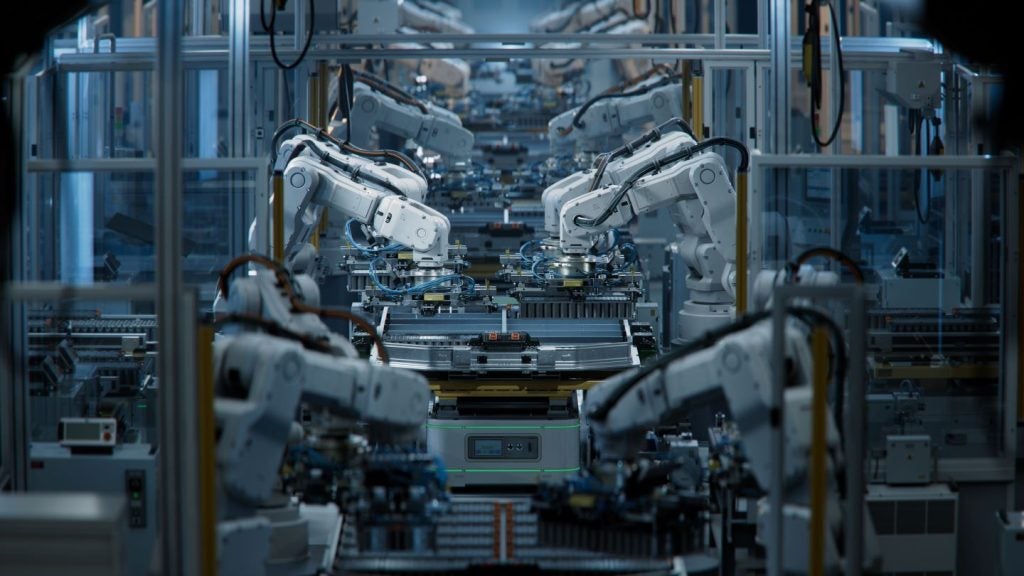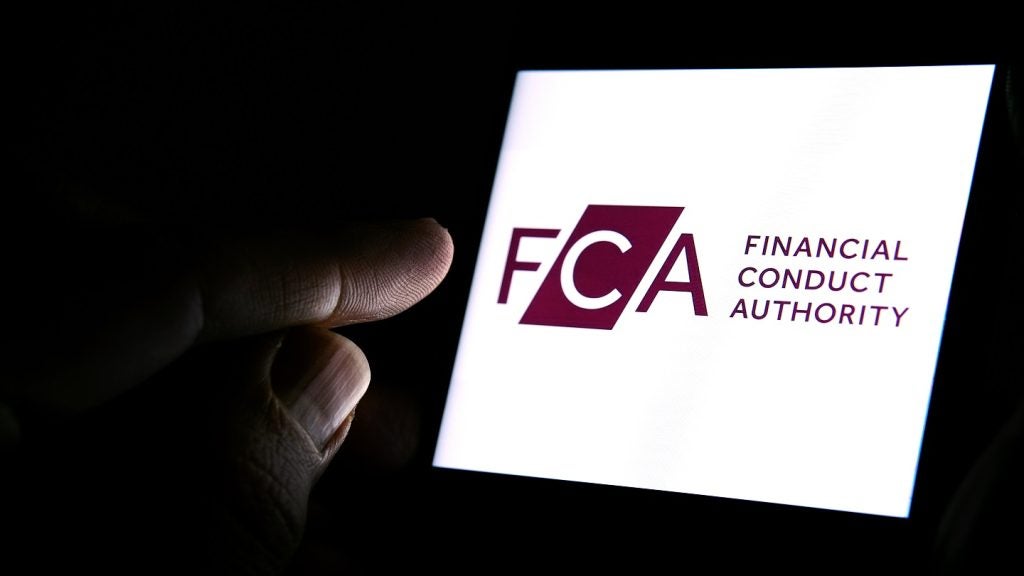Scrappage worked for cars but
not LCVs. Peter Cooke, University of Buckingham, explains
why.
There are still some interesting
lessons to be learned from scrappage.
The National Audit Office prepared
an interim report which was challenging. However budget constraints
mean that there will be no final independent report on the scheme.
From a motor finance perspective there are some interesting points
to be highlighted, particularly when comparing the success, or
otherwise, of the car and LCV scrappage schemes.
The car scrappage scheme was, based
on number of units exchanged, a success.
A total of 392,500 10-year-old cars
were replaced with new ones during the programme, as shown in the
graph, Car scrappage programme, 2009-2010. The new cars
were smaller, low-cost units and the £2,000 allowance split between
car manufacturers and government commonly represented a significant
percentage of the new car price.
How well do you really know your competitors?
Access the most comprehensive Company Profiles on the market, powered by GlobalData. Save hours of research. Gain competitive edge.

Thank you!
Your download email will arrive shortly
Not ready to buy yet? Download a free sample
We are confident about the unique quality of our Company Profiles. However, we want you to make the most beneficial decision for your business, so we offer a free sample that you can download by submitting the below form
By GlobalDataAn analysis of the cars acquired
through the scrappage scheme indicates the vast majority, over 80%
of them, were sourced from outside the United Kingdom. Many came
from the Czech Republic and Korea. Even in these days of global
supply chains, the proportion of UK-sourced components was
relatively modest.

Too good to
miss
To those who acquired cars under
scrappage it was an opportunity too good to miss. Many of the
buyers were older people, and a new car at a bargain price was not
to be sneezed at. Many of these buyers would
likely have bought anyway over the next two years, so much of the
business was merely pulled forward. From some dealers’ viewpoint
the incremental business was a life saver.
The number of old LCVs replaced
under the scrappage scheme was much lower (see graph below, LCV
scrappage programme, 2009-2010).
In the case of LCVs the vehicle is a
working tool, often owned and operated by a small or medium-sized
business. To an SME owner, an LCV has a role in revenue generation.
During 2009 and 2010 business conditions were very tight and every
effort had to be made to protect cash flow.
The vast majority of new LCVs are
acquired by large fleets which can buy in eye watering volumes. An
SME will typically acquire a used unit of perhaps three or four
years old, either from its first user or through an auction or
specialist used LCV dealer.
A used LCV is the norm for SMEs
unless a specific application is required, and such vehicles
trickle down to users willing to buy older and older units.
While many would like to buy a new
LCV costing between £15,000 and £20,000 the price cannot be
justified when a perfectly acceptable used option is available for
£5,000 to £7,000. It is the help with generating revenue which is
critical rather than the image of a new vehicle as it may be with a
car.
The message to vehicle finance
providers? In the case of up-front discounts on a car, the
purchaser may be able to find funds independently. However in the
case of an SME needing a replacement LCV, even with an attractive
price on a new unit, the absolute price appears to be the highest
concern.
Taken one step further it seems
that even for older used LCVs, finance is critical. With a strong
risk management regime in place this could be an attractive
market.
Price may be the most important consideration to a car buyer,
but to an LCV buyer cash flow and ability to do their job are the
key point.








